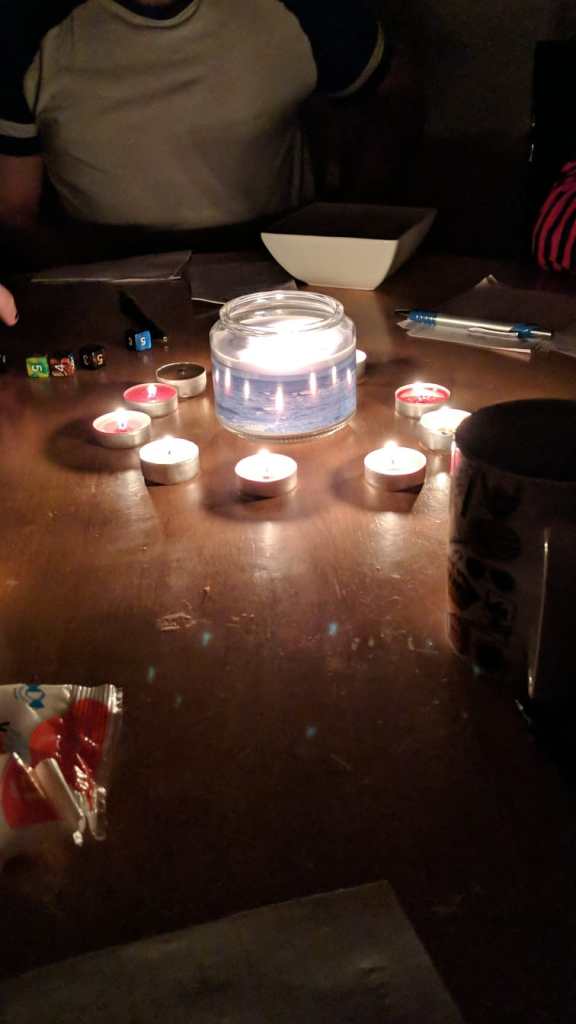Now that we are in the new decade, everyone is looking towards the new console generations and new instalments to long running franchises. Here at Mind Games, I am more focused on just trying to pass my degree. I don’t tend to play the latest games or the big releases the moment that they come out, partly because I’m usually busy working on a coursework and partly because I like to wait for the price to drop before I buy (#Student Life).
So, when I’m looking for a new game to play, I tend to trawl the online stores looking for weird and whacky games that pique my curiosity. This is how I came across West of Loathing a few years back. As seen with the popularity of the Red Dead Redemption series, games set in the Wild West tend to draw a big audience. Ironically, the fascination with cowboys fizzles out quickly when you investigate their history and realise their lives were nowhere near the dramatic, high-stakes action that the media portray them as.

I’m not going to spoil any of the plot as despite it being a slapstick comedy game, the storyline is quite intriguing, especially when you start to branch off and explore the side-quests that open as the game progresses. Plus, it’s always more fun to experience the jokes first-hand.
An RPG, set in a Wild West world, featuring turn-based combat and a series of odd side quests alongside the main story? Sounds like most RPG’s, so what makes this one different? Well, first things first, the art style is simplistic – so much so that it’s a series of stickmen, wearing goofy hats and hurling snakes at their enemies. I love it. It’s a satirical look at most RPG’s, from choosing classes, to levelling up skills and solving puzzles with non-sensical items.

The moment you open the game, it grips you with its sense of humour. Most of the hours that I have sunk into this game, I have spent with a massive grin on my face. Instead of choosing from the traditional “Fighter, Magic User or Rogue” class archetypes, you have the choice of “Cow Puncher, Bean Slinger or Snake Oiler”. Which serve essentially the same functions but are a hundred times more hilarious to play as. Why wouldn’t you want to carry around a briefcase full of snakes and throw them into people’s faces?
Skills and traits are upgraded using experience points, but you can also discover new abilities by reading books (like the nerd you are) or meeting certain criteria. Want to increase your defence? Walk into cacti until your skin is mostly scabs. Want better resistance to heat, stench and cold damage? Stick your hand into various disgusting spittoons scattered around the west to permanently taint your hand with the remnants of other people’s spit. Delightful.

From busting ghosts and getting spooked by the ever present “Boo’s” in the DLC, to facing down the demon clowns leader and trying not to wet yourself when he throws knives at you in the main game, West of Loathing has so much content that it’s impossible to find everything on just one playthrough. Your choice of class, partner and even a few plot crucial decisions will set you down unique paths filled with hilarity, unique encounters and EVEN MORE SPITOONS. Word of warning though, the game will heavily judge you for digging around the insides of these metal cesspools.
The writing in this game is excellent. Every line of dialogue, every action and every item description has had careful thought put into it. The passion the developers at Asymmetric Publications have for their game is clear to see and is a joy to experience first-hand. They are keenly aware of some of the pitfalls that games can fall into as well as common tropes and clichés that many developers put into their works and manage to tackle these with a sense of humour. Any references to other game series or media franchises, are done with care and subtlety, rather than beating you over the head with them (or a cow bone).

More than anything, I love this game because it makes me laugh. A genuine, full body laugh that hurts your chest after a while. Mental health issues and stressful times means that I don’t get to laugh like that as much as I should. Depression especially tends to sap the humour and joy out of things that would normally elicit laughter from us, replacing it with numbness and general lethargy. It’s something that I have combatted for many years, yet this is the first game that I’ve come across that can consistently bring a genuine smile to my face. Not a fake smile to avoid worrying others or a half-hearted smile to try and fit in, a genuine grin. It’s a refreshing sensation after so many years of monotony when it comes to humour.

Anyways, I’ve got a final-year project to work on and a production to prepare for so I’m going to end this week’s article here and I’ll be back soon! I’ve sent in an application for a press pass at EGX Rezzed in late March, so hopefully we get it and I’ll be able to provide more awesome content for you all at my favourite convention!
Much love,
CaitlinRC.


















